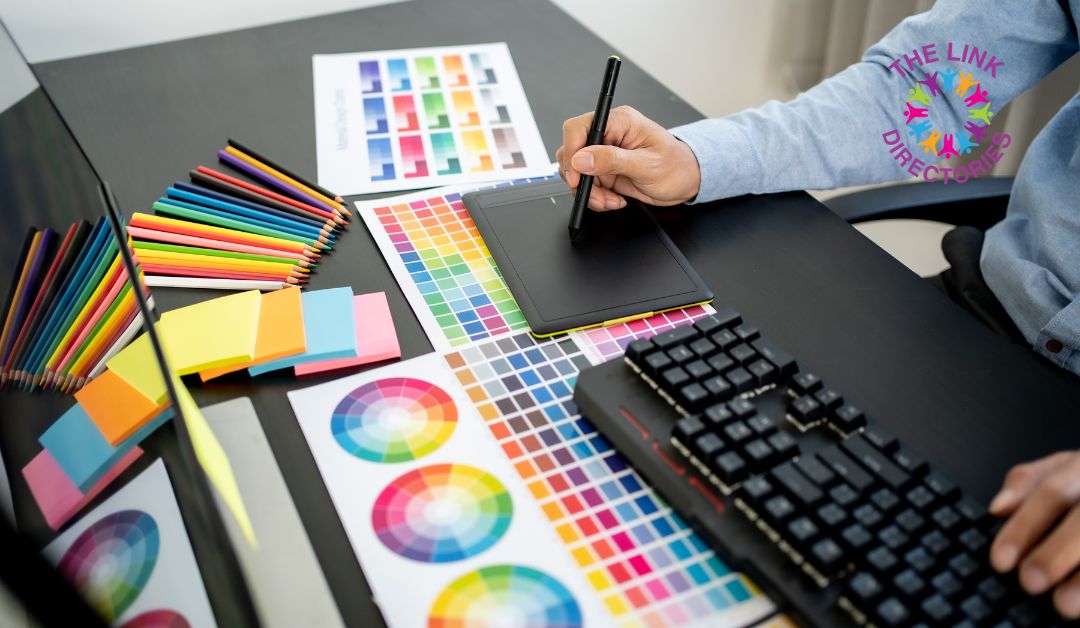The Power of Colour in Branding: Unveiling the Meanings and Emotions Behind Various Colours
In the world of branding, colours hold immense power. They’re not merely visual elements but potent tools that can influence emotions, perceptions, and even purchasing decisions. By understanding the significance of colours and their associated meanings, businesses can strategically leverage this knowledge to create strong brand identities that resonate with their target audience. In this blog, we will delve into the importance of colour in branding and explore the emotions and meanings conveyed by various colours.
The Importance of Colour in Branding
1. Differentiation – In a crowded marketplace, colours can help brands stand out and differentiate themselves from competitors. By choosing unique colours that align with their brand personality, businesses can create a visual identity that is distinct and memorable.
2. Emotional Connection – Colours have the ability to evoke emotions and create a strong emotional connection with consumers. When used effectively, they can ignite desired feelings that align with a brand’s values and messaging, leading to increased brand loyalty and affinity.
3. Brand Recognition – Consistency in colour usage builds brand recognition. When consumers repeatedly encounter a brand’s colours across various touchpoints such as logos, packaging, and advertisements, they begin to associate those colours with the brand, enhancing recall and familiarity.
4. Communication and Symbolism – Colours serve as non-verbal communication tools, conveying messages and symbolising values or characteristics. By selecting colours that align with a brand’s message and target audience, businesses can effectively communicate their intended meaning.
5. Cross-Cultural Considerations – Colours have different meanings and cultural connotations across various regions and societies. It’s essential for global brands to consider these cultural nuances to absolutely make sure that their chosen colours resonate positively with diverse audiences.
The Psychology of Colour
Colour psychology is the study of how different colours can evoke specific emotional responses and perceptions. It plays a crucial role in branding as colours can shape consumers’ attitudes, evoke desired emotions, and create long-lasting brand connections and associations. Let’s explore some of the most used colours in branding and the emotions they elicit:
1. Red – Often associated with passion, energy, and excitement. Red can evoke a sense of urgency and stimulate appetite. It grabs attention and is frequently used in brands related to foods, entertainment, and technology.
2. Blue – Blue is known for its calming and trustworthy qualities. It conveys stability, reliability, and professionalism. Many financial institutions and technology companies utilise blue in their branding to instil a sense of security and trust in their customers.
3. Yellow – Bright and cheerful, yellow is associated with optimism, happiness, and creativity. It can attract attention and is often used by brands seeking to project a friendly and approachable image.
4. Green – Green symbolises nature, growth, and health. It’s commonly used by brands promoting sustainability, organic products, and environmental initiatives. Green can also evoke feelings of relaxation and balance.
5. Orange – Orange combines the energy of red and the cheerfulness of yellow. It represents enthusiasm, vitality, and innovation. Brands that want to convey a sense of adventure and excitement often incorporate orange into their visual identity.
6. Purple – Often associated with royalty, luxury, and creativity, purple evokes a sense of elegance and sophistication. It can be used to create a sense of exclusivity and appeal to a target audience seeking high-quality products or services.
7. Pink – Pink is associated with femininity, nurturing, and compassion. It’s commonly used in branding aimed at women and children, as it can create a sense of warmth, gentleness, and playfulness.
8. Black – Black represents power, sophistication, and authority. It can create a sense of elegance and exclusivity. Many luxury brands utilise black in their branding to communicate a premium image.
Overall, the importance of colour in branding cannot be understated. By having a full understanding of the meanings and emotions associated with different colours, businesses can strategically use them to create powerful brand identities, forge emotional connections with their target audience, and differentiate themselves in a competitive marketplace.
If you would like to create the perfect colour scheme for your brand and deliver consistent marketing messages to a local target audience, then please do get in touch with us here at The Link Directories, we are experts in this field.

